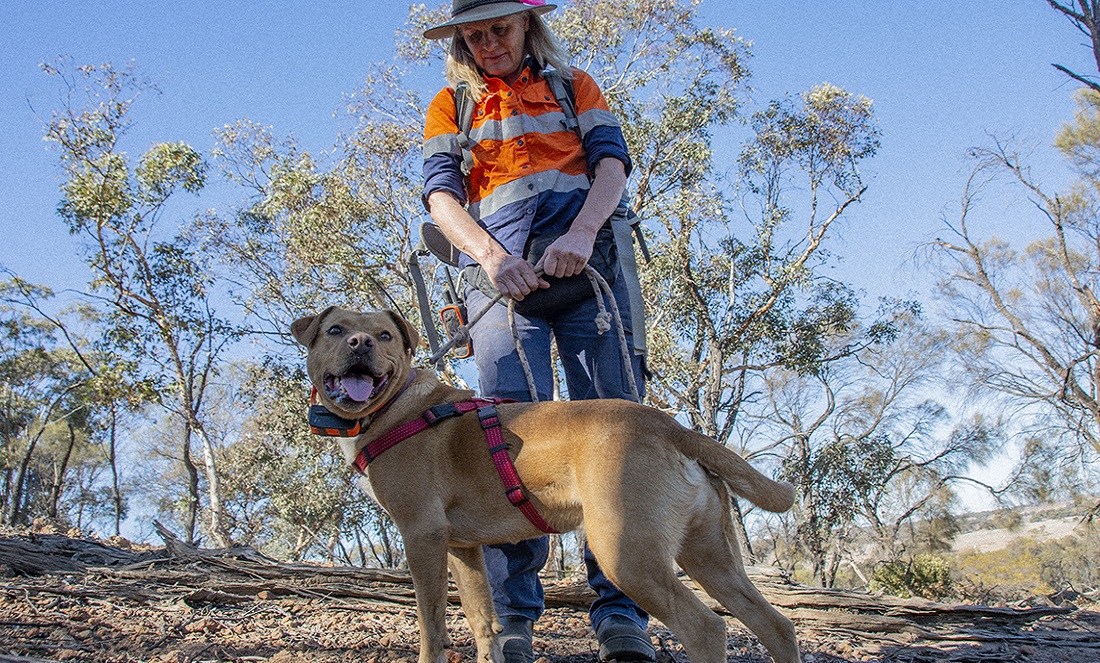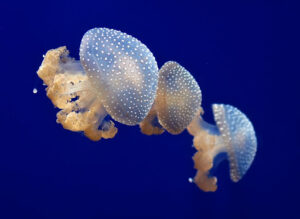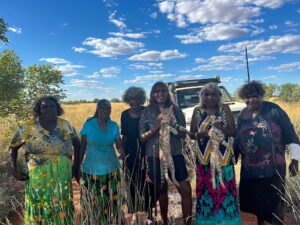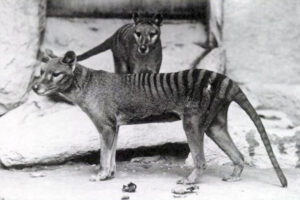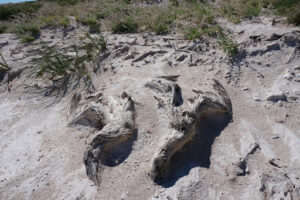There’s a new weapon in the fight against feral cats.
It’s not a biological control agent. Nor a fancy cat bait.
Nope, the battle against feral cats has gone old school. Continuing their age-old war, the latest addition to the arsenal against cats … is dogs.
Three detector dogs to be specific: a malinois, a terrier cross and a labrador cross named Bax, Clay and Digger respectively.
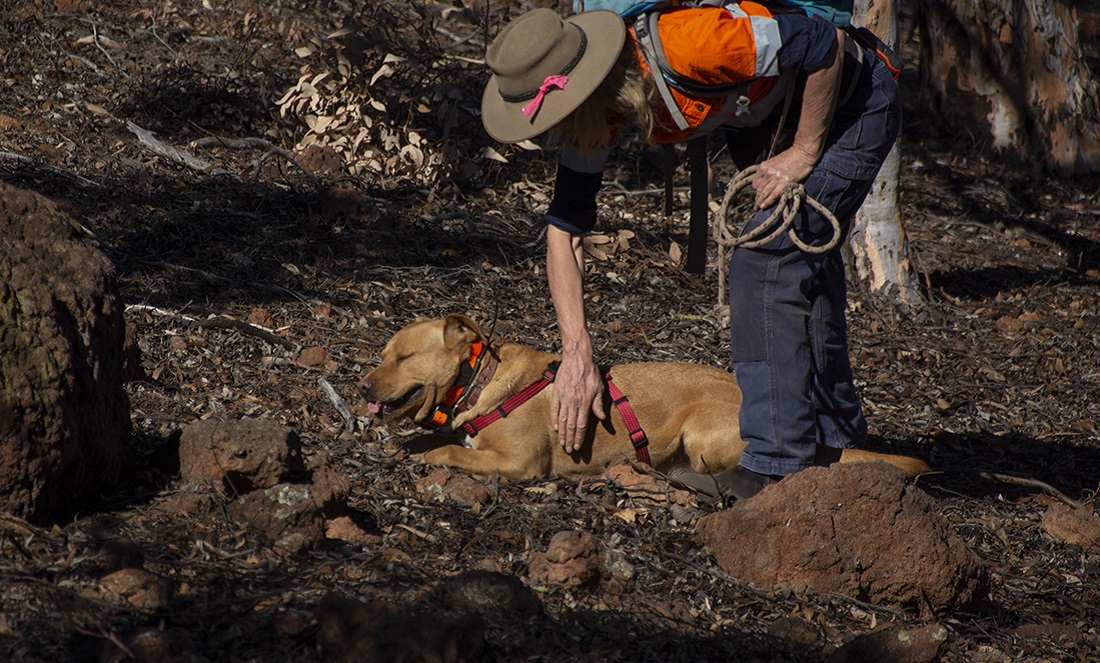
CATS VS DOGS
But it’s not a matter of letting dogs loose to hunt cats.
Rather, the Department of Biodiversity, Conservation and Attractions (DBCA) has begun a staged scientific trial at Tutanning Nature Reserve, near Pingelly.
The trial will assess how efficient and cost-effective dogs can prove in the ongoing battle to protect our native wildlife from feral cat predation.
DBCA’s principal zoologist Dr Manda Page hopes dogs may prove to be the key to saving threatened species, particularly the numbat.
“The ultimate aim at Tutanning is to protect the numbat,” she says. “Feral cats are numbats’ number one enemy.”
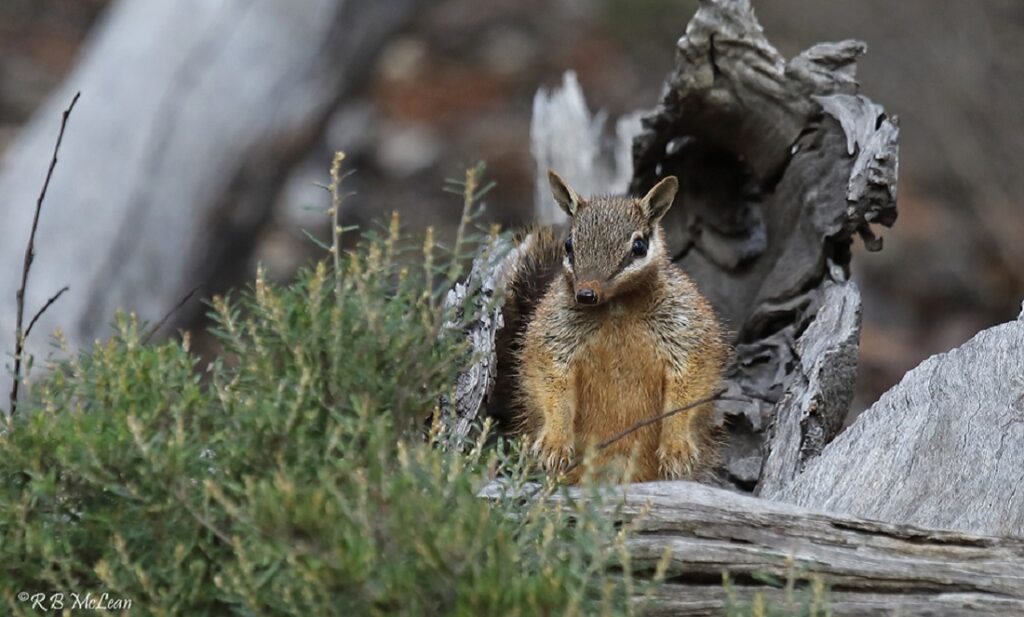
Detector dogs will hopefully help save numbats from cat predation.
WORKING LIKE A DOG
According to Manda, dogs are already helping protect native animals in other areas of Australia and New Zealand.
Using the dogs to tracks cats, researchers were able to confirm that all feral cats on Dirk Hartog Island had been eradicated. And Australian Wildlife Conservancy has used them to locate feral cats in their Kimberley reserves.
Several companies have sprung up that specialise in training dogs for this exact purpose.
Dog handlers train the dogs to ignore native wildlife, to locate and track feral cats without attacking them and to avoid baits such as 1080.
The dogs would track cats to their dens to enable capture or euthanasia of the feral cats in the most humane manner—likely by gunshot or by setting a trap if they are inaccessible.
But how effective is such a method compared to other control measures such as baiting, trapping and shooting?
Manda says we won’t know until we try.
“We’re always looking for new tools against feral cats and are hopeful this will help,” Manda says.
“But we want the scientific data to properly inform our decisions.
“There’s no point going down the path of using dogs if it’s not efficient and cost-effective.”
The first step? Trialling three dogs and their handlers at Tutanning.
HERDING CATS
First, scientists will assess the dogs’ ability to pick up cat scent.
As such, some lucky people had the delightful task of spreading 400 cat poops across the reserve.
Scientists will assess how well the dogs can locate the scats and how variables such as weather, terrain and thickness of vegetation affect their efforts.
The next stage will work out how good the dogs prove at tracking the cats themselves.
The dogs and their handlers will set out into the park to find feral cats fitted with GPS radio-tracking collars.
Scientists can then cross-reference where the dogs have picked up signs of feral cats with GPS data on where the cats have been.
If the trials are cost-effective and efficient, the dogs and their handlers could then be deployed in the field.
NO SILVER BULLET
While hopeful of success, Manda warns there is no silver bullet in the fight against feral cats.
“We hope dogs may complement other broad-scale methods such as the Eradicat baiting program,” she says.
“When used together, hopefully we can make bigger inroads into protecting our native wildlife.”




